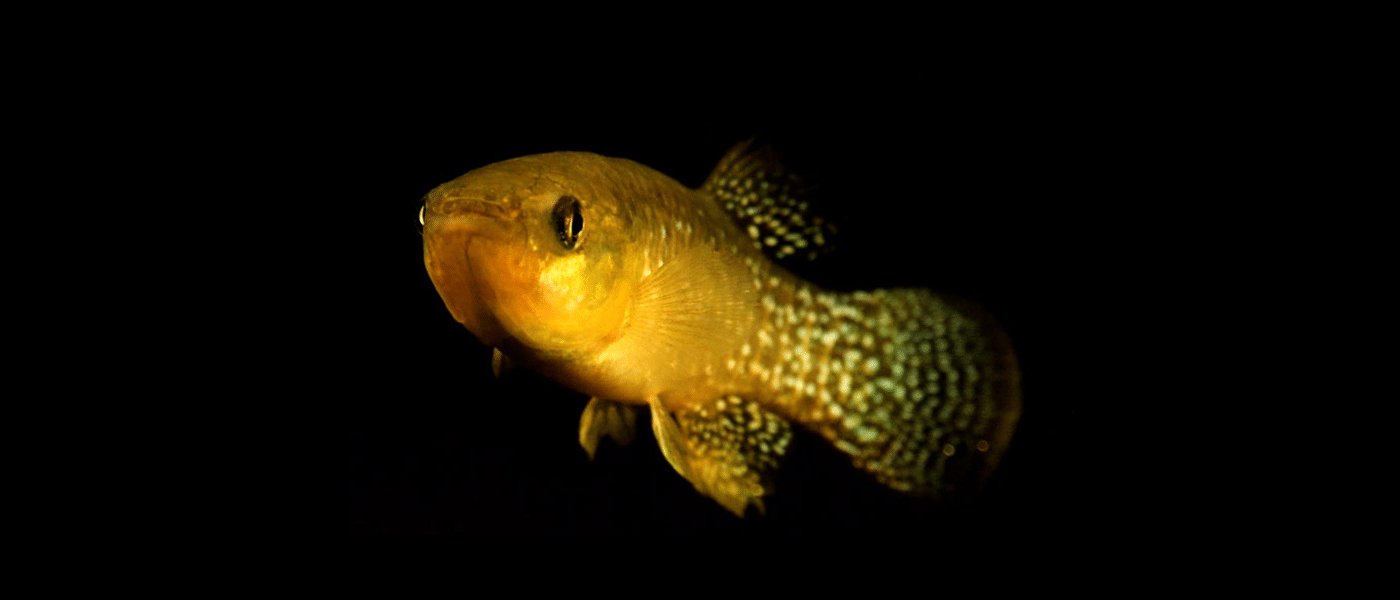Superfund List
Elizabeth River, located in Virginia, is known to have some of most toxic waters in the US. Once the site of a wood treatment facility and a Navy waste dump, the river was already brimming with industrial pollutants before it was placed under the Environmental Protection Agency’s (EPA) Superfund program list.
Even if any creature wanted to live in these waters, it’s doubtful that they could. That's why the killifish came as such as surprise. The killifish don't just survive in these waters—they actually thrive. This puzzling phenomenon is apparent in other former industrial sites on the EPA Superfund list as well—in New Bedford Harbor in Massachusetts, Bridgeport, Connecticut, and Newark Bay in New Jersey.
Given the level of toxicity in these waters, the fish withstand extremely high levels of pollution daily—8,000 times higher than the lethal limit. How? Scientists believe the fish evolved with genetic mutations that allow them to increase their tolerance to contaminated waters.
By sequencing and comparing the genomes of the mutated species against average killifish, they discovered that a common mutation was present in the ones that came from the polluted waters. These mutations, which were rare in the fish found in unpolluted areas, helped deactivate a molecular pathway that caused the cellular damage from chemicals present in the water.
Evolution in Action
The killifish's survival also proves a bleak fact: humanity’s impact on the environment is so severe, it’s causing species to evolve. In adapting to their new environment, the pollution-tolerant fish became slightly less diverse. Compared to most animals, killifish have the unique ability to adapt and mutate for survival – genetic diversity is key.
“While local adaptation serves an immediate purpose, it’s possible that a loss of genetic variability could make it harder for killifish to cope with future environmental stressors,” says Luke Iwanowicz, a fish biologist with the United States Geological Survey in Leetown, West Virginia.
These findings could help scientists better understand which species are poised to survive the inevitable environmental changes that are coming, especially in this era of global warming and climate change. The findings may even provide insight into how chemical pollutants can impact humans and animals.
Humans are causing ecosystems to shift and change so fast, and unlike the killifish, other animals may not be able to evolve in time to keep up.
Share This Article
